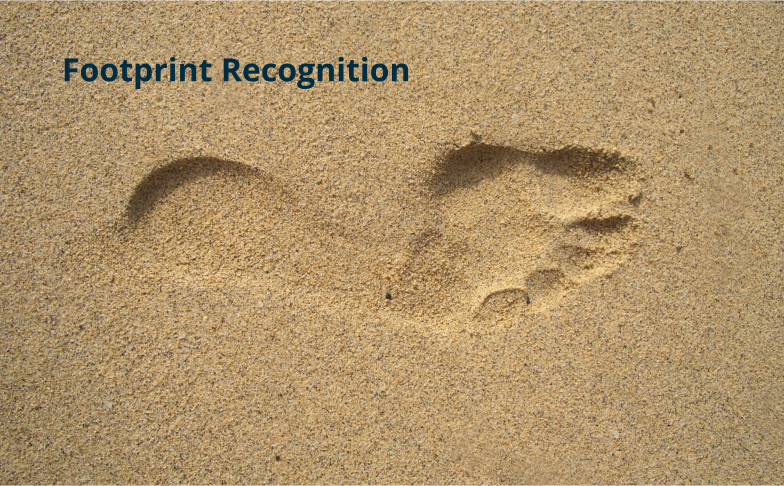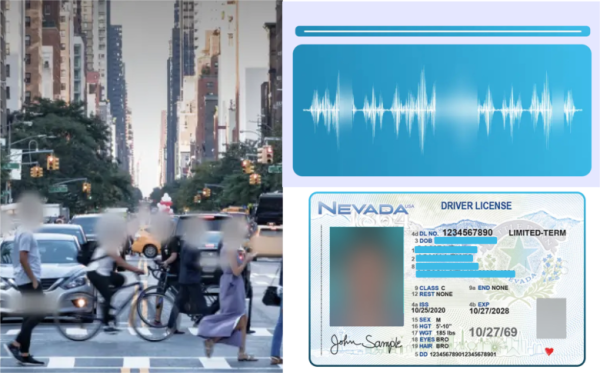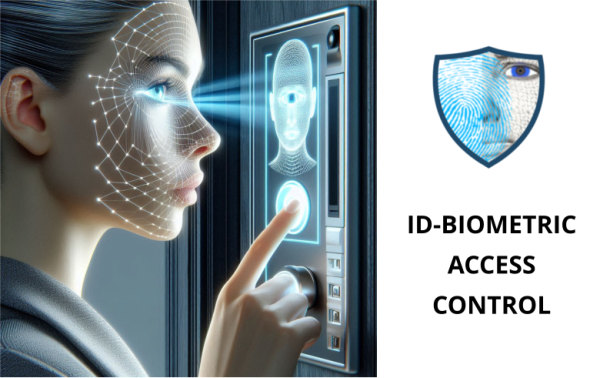Here’s an assessment of the pros and cons of footprint matching as an aide to identity verification and identification:
Pros
- Footprint images can be easily captured; no additional hardware apart from a camera is required.
- There are sufficient differentiating features in different feet to enable them to be matched.
- Because they’re almost always hidden by shoes, it’s difficult for impostors to obtain someone’s footprints for an attack.
- With the increasing threat from deepfakes, in the right circumstances, footprints can provide an additional biometric for identification as well as identity verification.
- As the soles of a person’s feet (particularly the toe patterns) can be quite different, using the soles of both feet requires little more effort and can significantly increase their value as a biometric.
Cons
- Foot matching is more intrusive and time-consuming than other biometrics, as footwear has to be removed and put on again.
- All probe and database images will have to be normalised, i.e. all controllable features will have to be as similar as possible, including the direction in which the feet are pointing, the shot being taken at a right angle to the base of the foot, distance of the camera from the foot, controlled lighting, etc. In other words, similar to the constraints required for passport and drivers licence photos.





